
You are doing it all wrong. Here's the right way to eat eggs
Eggs have been a dietary cornerstone for centuries — simple, affordable, and packed with nutrition. From rustic farmhouse breakfasts to modern gourmet brunches, they’ve earned their place as one of the world’s most beloved foods. But what many people overlook is how dramatically the cooking method can affect not only the taste and texture but also the nutritional value of this humble ingredient.
Whether you’re rushing through a weekday breakfast or savoring a leisurely weekend brunch, learning how to prepare eggs the right way can help you make the most of their health benefits while keeping your meals delicious and satisfying.
1. 🍳 Choose Boiled or Poached Over Fried
Fried eggs may be a comfort food classic, but they often require oil or butter, which adds unnecessary calories and saturated fats. A fried egg cooked in butter can contain up to 90–100 calories, compared to 68 calories in a boiled egg.
If you’re aiming for a lighter, cleaner meal, boiled or poached eggs are the way to go. Boiling requires no added fat, preserving the egg’s natural protein and vitamins. Poached eggs, cooked gently in simmering water, are equally wholesome and have a soft, silky texture that feels luxurious yet light.
Both methods help retain the egg’s nutrients — including vitamin D, choline, lutein, and zeaxanthin, which support brain and eye health — while minimizing oxidation that can occur with high-heat frying.
Pro tip: Add a dash of vinegar to poaching water to help the whites stay neatly formed.
2. 🥑 Build a Balanced Breakfast
Each egg contains about 6 grams of complete protein, along with essential amino acids that keep you full for hours. To turn your eggs into a balanced meal, pair them with whole grains like oats or whole-grain toast for slow-burning carbohydrates, and healthy fats such as avocado slices, nuts, or olive oil drizzle.
This combination stabilizes blood sugar and provides steady energy throughout the morning — no mid-morning crash required.
A sample power breakfast:
-
2 poached eggs on whole-grain toast
-
Half an avocado
-
A sprinkle of chili flakes and a squeeze of lemon
It’s simple, nourishing, and loaded with flavor.
3. 🥦 Pair Eggs with Veggies, Not Bacon
The bacon-and-egg duo might be a breakfast classic, but it’s also a sodium and saturated fat bomb. Instead, think of eggs as the perfect canvas for fresh produce. Sautéed spinach, tomatoes, mushrooms, and bell peppers pair beautifully with soft or scrambled eggs.
Adding just one cup of vegetables can double your fiber intake and boost antioxidants like beta-carotene and vitamin C. This not only enhances your meal’s nutrition but also adds color, texture, and freshness.
For a simple swap:
Replace the bacon with a handful of lightly sautéed greens and cherry tomatoes — your heart (and waistline) will thank you.
4. 🌿 Master the Art of Light Seasoning
Eggs already have a naturally savory, umami-rich flavor, so a light touch with seasoning is all you need. Skip heavy-handed salt or processed sauces and reach instead for fresh herbs and spices:
-
Chives, dill, or parsley for brightness
-
Black pepper or smoked paprika for depth
-
A few chili flakes for gentle heat
If you love bold flavors, a splash of hot sauce or a few drops of lemon juice can enhance taste without piling on sodium. The key is to complement, not mask, the egg’s natural flavor.
5. 🕒 The Science of the Perfect Boil
Perfecting boiled eggs is a matter of timing and precision. Here’s the science-backed method:
-
For soft-boiled eggs with creamy yolks: boil for 6 minutes, then cool immediately in an ice bath for 3 minutes.
-
For hard-boiled eggs with firm centers: cook for 9–12 minutes, depending on desired firmness.
The ice bath halts cooking, preventing that unwanted green ring around the yolk — caused by iron and sulfur reacting under excessive heat. Always use a timer for consistency; small details make a big difference.
6. 💧 Poaching: The Gentle Cooking Art
Poaching may seem intimidating, but it’s actually one of the easiest, most elegant ways to prepare eggs once you get the hang of it.
Here’s how:
-
Bring a pot of water to a gentle simmer (not a boil).
-
Add 1 tablespoon of white vinegar — it helps the whites firm quickly.
-
Crack the egg into a small bowl, then slide it gently into the water.
-
Cook for 3–4 minutes, until the whites are set but the yolk remains runny.
-
Remove with a slotted spoon, drain briefly, and enjoy.
The result: a perfectly poached egg with a tender white and a molten golden center — ideal over avocado toast, salads, or soups.
7. 🕗 Timing Is Everything — When to Eat Eggs
The timing of your egg intake can influence how effectively your body uses its nutrients.
-
Morning: Eating eggs at breakfast delivers a steady protein supply, keeping hunger at bay and improving focus.
-
Post-workout: The complete amino acid profile in eggs makes them an excellent choice for muscle repair and recovery.
Studies show that a high-protein breakfast (like eggs with veggies) can reduce daily calorie intake by up to 400 calories — not through restriction, but by keeping you satisfied longer.
8. 🌞 Why Eggs in the Morning Are a Power Move
Eggs aren’t just a source of energy; they’re a brain-boosting food. They’re rich in choline, a nutrient crucial for memory and cognitive function, and B vitamins that help convert food into energy.
Starting your day with eggs can improve focus, alertness, and mood. Combined with fiber and healthy fats, they deliver sustained fuel for body and mind — no sugary cereal required.
9. ⚠️ Common Egg Cooking Mistakes (and How to Avoid Them)
Even experienced cooks can go wrong with eggs. Avoid these pitfalls:
-
Using high heat: Leads to rubbery whites and tough yolks. Use low to medium heat instead.
-
Skipping the ice bath: For boiled eggs, this makes peeling frustrating.
-
Using old eggs for poaching: Fresh eggs hold their shape better in water.
And remember — eggs are delicate. Treat them gently, and they’ll reward you with perfect texture every time.
10. 🥚 Hacks for Easy Shell Removal
If peeling hard-boiled eggs feels like a battle, try these time-tested hacks:
-
Use eggs that are 7–10 days old — the higher pH helps separate the shell.
-
After boiling, transfer immediately to an ice bath for 5 minutes.
-
Roll the egg gently on the counter to crack the shell evenly.
-
Peel under running cold water to slide off stubborn bits.
Result: clean, smooth eggs — no craters or frustration.
11. 🍽️ Elevate Your Egg Experience
Once you’ve mastered the basics, take your egg game to the next level.
-
Add a soft-boiled egg to your ramen or grain bowl for extra richness.
-
Whip up shakshuka — eggs poached in spicy tomato sauce — for a Middle Eastern twist.
-
Top scrambled eggs with truffle shavings, za’atar, or turmeric for depth and aroma.
Presentation also matters. A perfectly poached egg over sautéed greens with a drizzle of olive oil or hollandaise can transform a simple meal into a restaurant-worthy experience.
Experiment with global flavors — from Japanese soy-marinated eggs to Spanish tortilla omelets — and you’ll never get bored.
🌟 Final Thoughts
Eggs are nature’s ready-made superfood — nutrient-dense, affordable, and endlessly versatile. By choosing the right cooking method and mindful pairings, you can turn them into a powerhouse meal that supports your health, taste buds, and lifestyle.
Whether soft-boiled on toast, poached over greens, or paired with colorful vegetables, eggs prove that simplicity and nutrition can go hand in hand.
So tomorrow morning, skip the greasy pan — and give your eggs the treatment they deserve. Your body (and breakfast table) will thank you.
News in the same category


Objects That May Be Harming Your Health Without You Noticing

Household Items That Quickly Get Damaged If You Clean Them with Dish Soap

My nana taught me this hack to get rid of puffy eyes in 2 mins with 0 work. Here’s how it works

How to Grow Papaya in Pots: Heavy Harvests of Big, Sweet Fruit

Save Millions of Dong in Electricity Bills Each Year by Cleaning This Hidden Part of Your Rice Cooker

4 Ways to Cook Chicken Without Using Water

Today I Learned How to Use the Detergent Drawer on a Washing Machine—No Wonder My Clothes Weren’t Getting Fully Clean

My nana taught me this hack to get rid of grill gunk in 4 mins with 0 work. Here’s how it works

Most do this wrong: 10 things you're over-washing

Pillow filling turns yellow with tiny mold spots that soap can't remove: Soak it in this and even heavy dirt will come out spotless
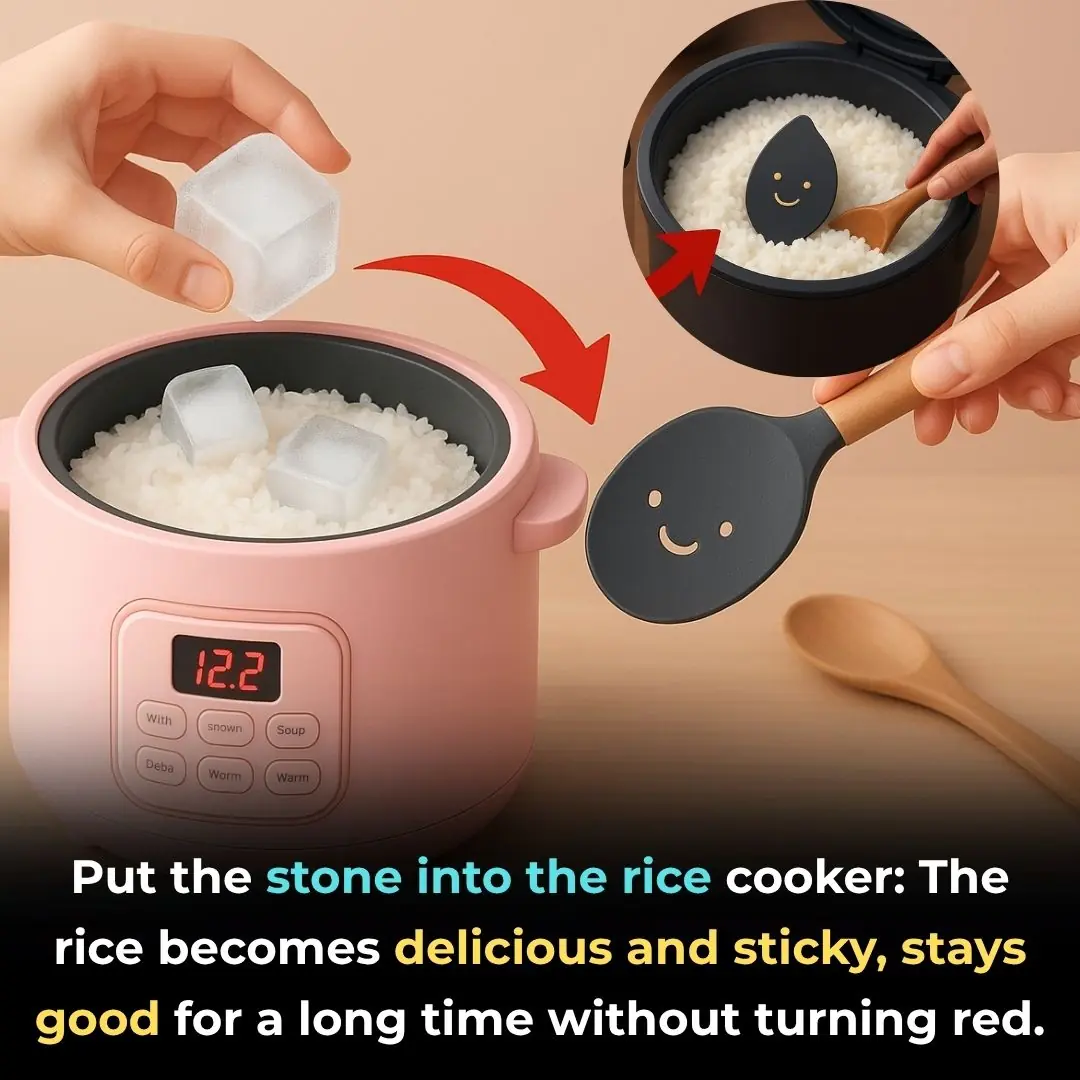
Put the stone into the rice cooker: The rice becomes delicious and sticky, stays good for a long time without turning red.

Natural substances in honey when consumed in the morning help detoxify the body and are effective for weight loss.
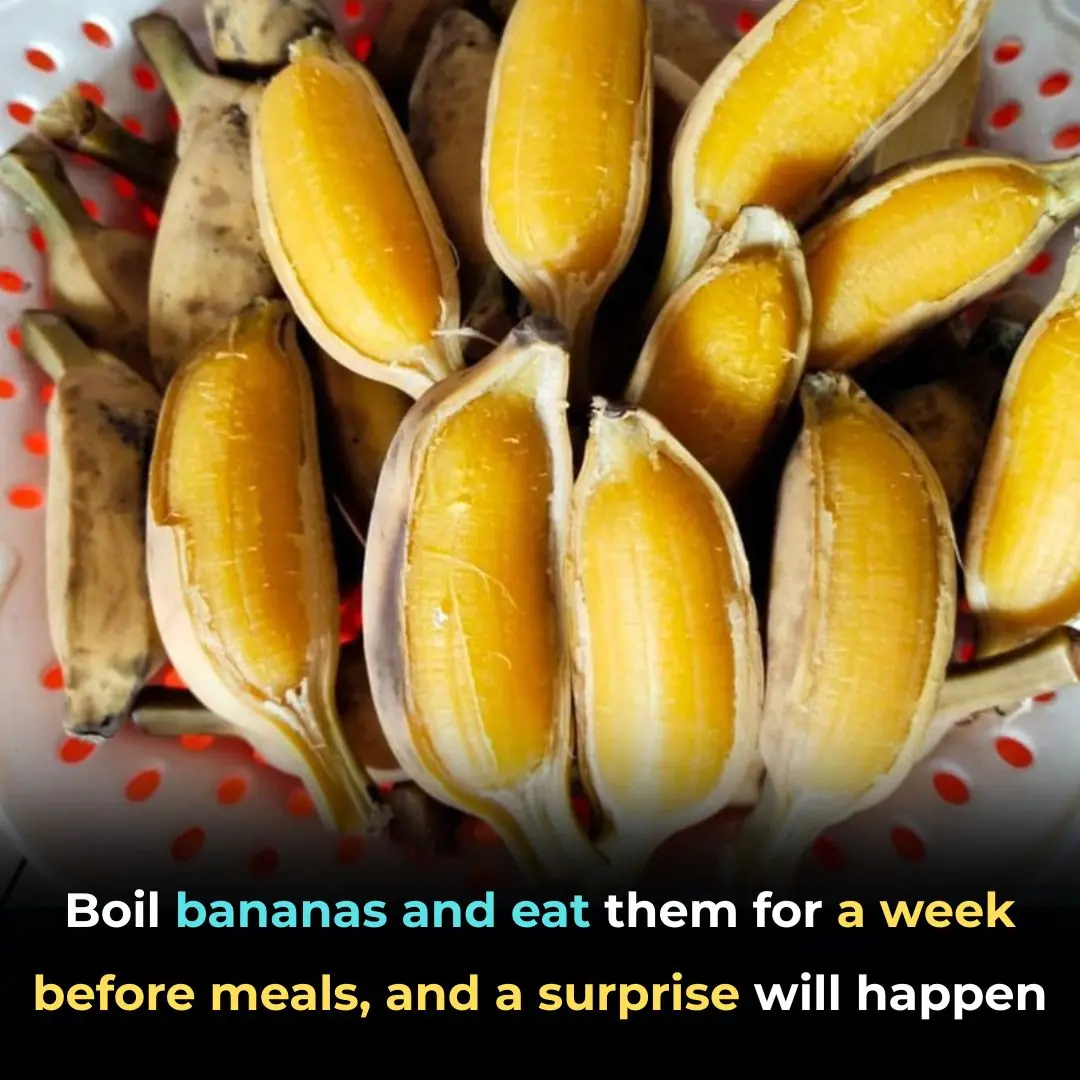
Boil bananas for a week and eat them before meals, and something surprising will happen.

Tips for storing ginger without a refrigerator, keeping it for a whole year without worrying about sprouting or rotting
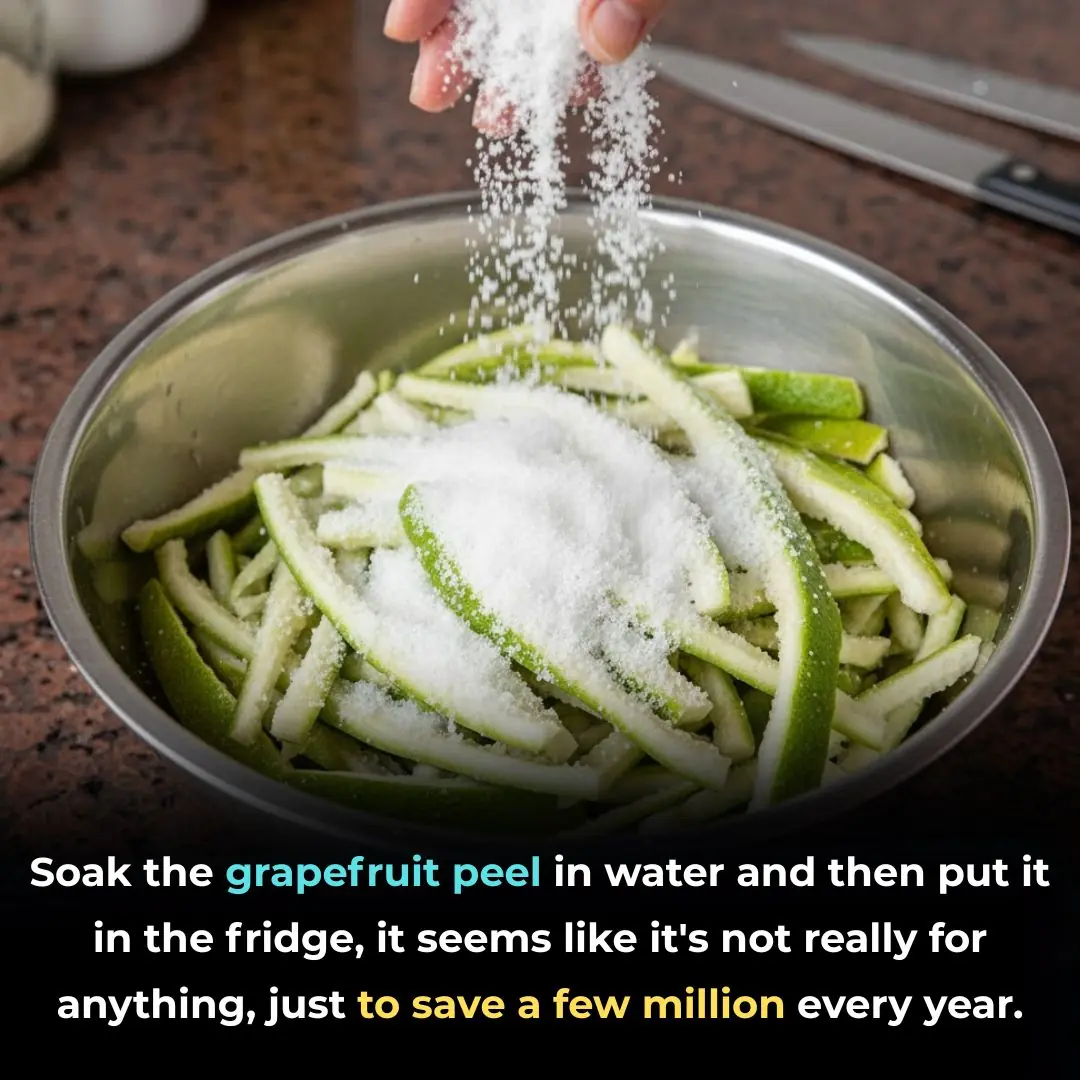
Soak grapefruit peels in water and then place them in the fridge, seems like it's not for anything but to save money every year
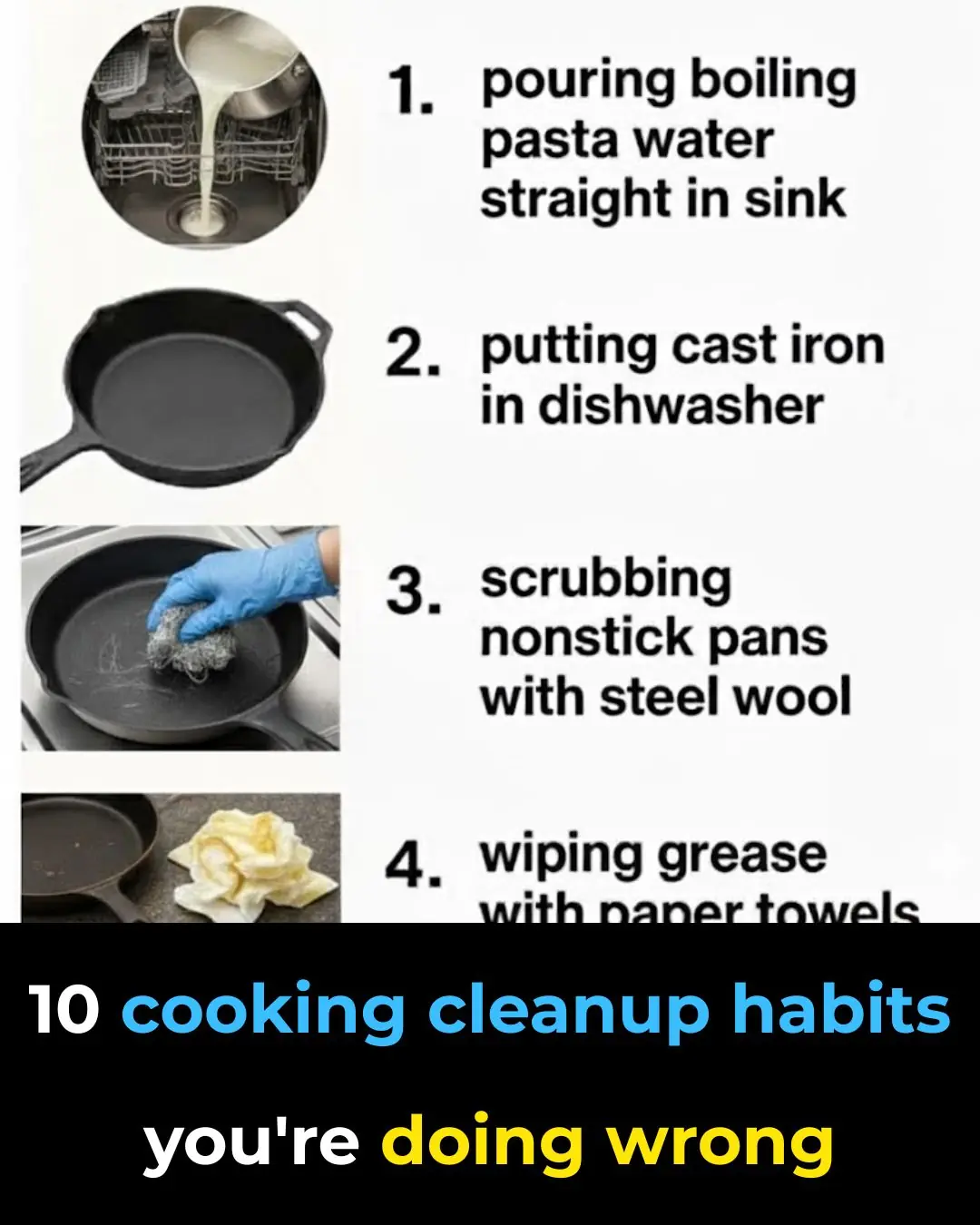
10 cooking cleanup habits you’re doing wrong
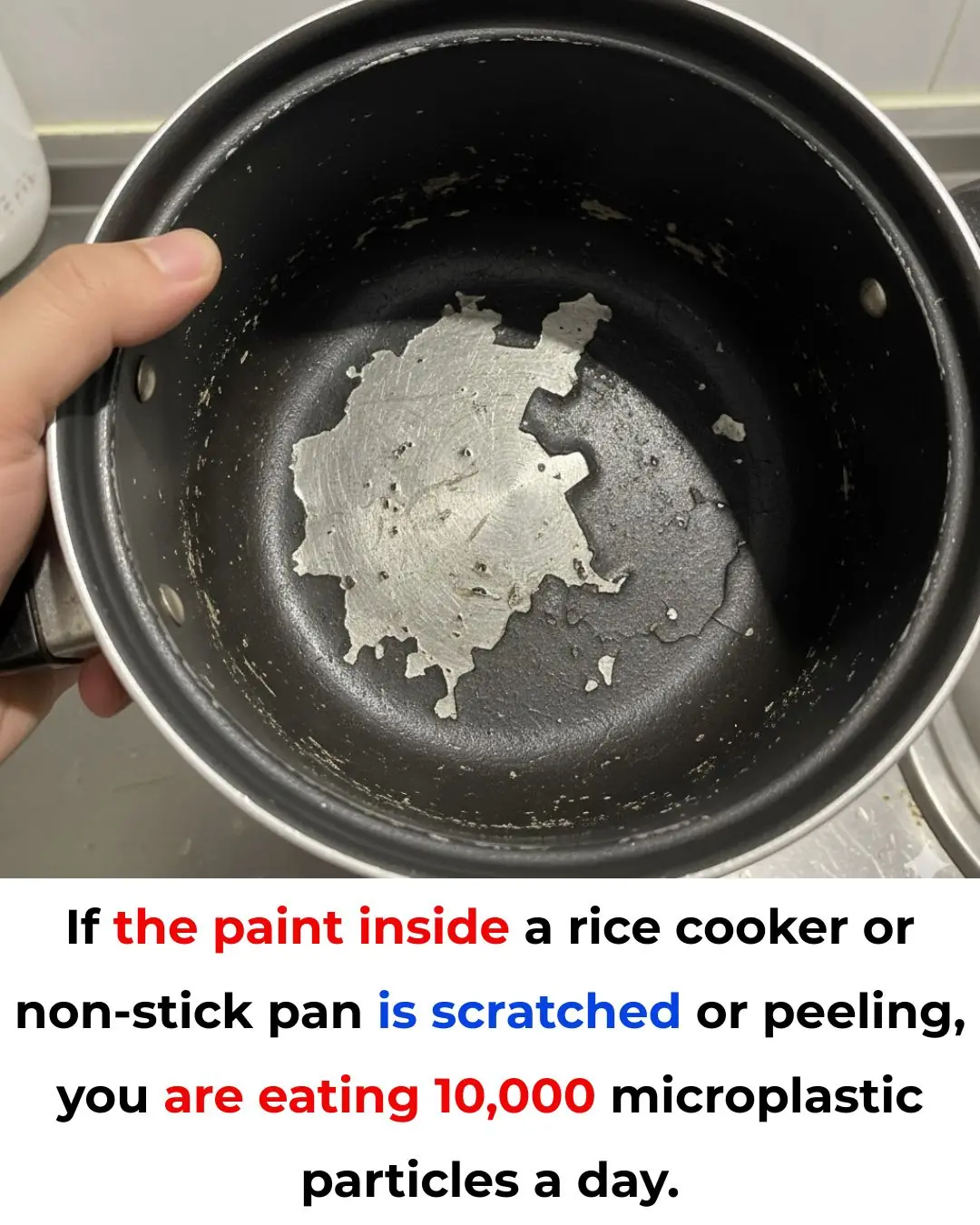
If the Non-Stick Coating on Your Pan or Rice Cooker Is Scratched, You’re Eating 10,000 Microplastic Particles a Day

Pouring Beer Into Table Salt? It Solves So Many Household Problems — I Wish I’d Known This Trick Sooner!
News Post

Rock Star’s Family Devastated As Common Symptom Leads To ER Visit And Aggressive Cancer Diagnosis

Tammy Slaton Shocks Fans With Stunning Weight Loss Photos—Inside Her Transformation

Doctors Feared Baby Had a Mouth Tumor—But the Real Cause Left Everyone Stunned

31-Year-Old Father Warns Others After Subtle Symptoms Lead to Colon Cancer Diagnosis

35-Year-Old Man Dubbed the “Modern Dorian Gray” Reveals His Unusual Secrets for Staying Youthful

7-Eleven Manager Allegedly Suffocates Employee During Shift—Victim Dies Days Later

Take This Before Bed — and Wake Up Transformed

The Ultimate Healing Tonic: A Powerful Natural Drink for Swollen Feet, Diabetes & Poor Circulation

Stop This Dangerous Habit Before Your Phone Explodes!

Women Who Age Quickly & Have Shorter Lifespans Often Do These 4 Things at Night — How Many Are You Guilty Of?

Eating Fish “for Ultimate Strength” — 30-Year-Old Woman Diagnosed with Premature Ovarian Failure, Body Full of Mercury

42-Year-Old Man Dies of Stroke Despite No Smoking or Alcohol — Doctor Warns: “How Dare You Eat This Every Day!”

“Doctor warns: 3 beauty habits you might think are harmless — but that could speed up cancer development!”

Boil Perilla Leaves with a Few Stalks of Lemongrass — Your Body Gets These 7 Excellent Benefits

Everyone Fears Diabetes — But Diabetes “Fears” These 5 Foods the Most

Objects That May Be Harming Your Health Without You Noticing

Drinking Plantain Leaf Tea: 5 Powerful Health Benefits for Your Body
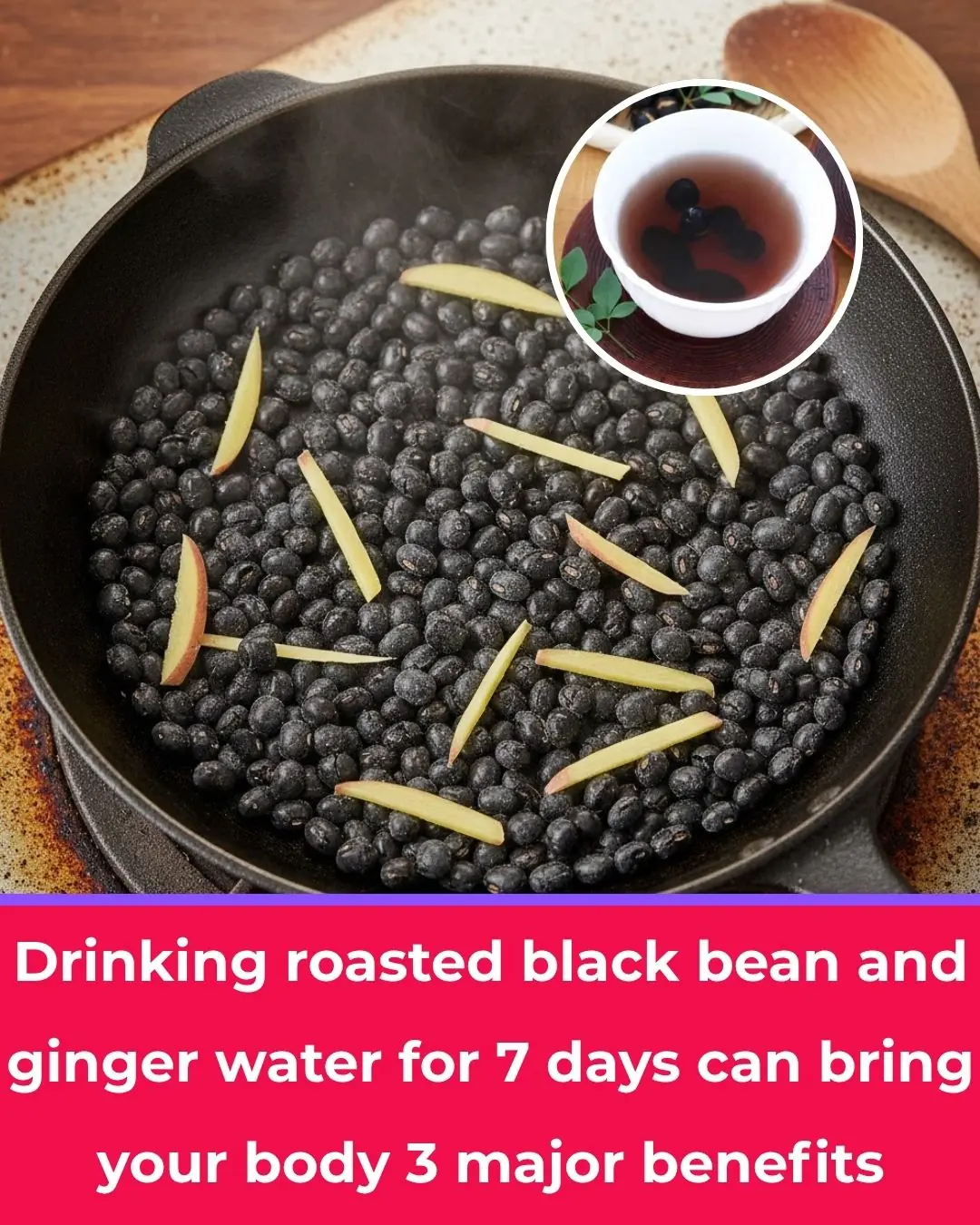
Drink Roasted Black Bean and Ginger Tea for 7 Days — Your Body Will Thank You with 3 Amazing Benefits

Garlic: The Natural Weapon Against Pests You Probably Forgot About
